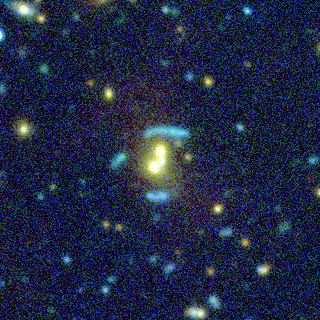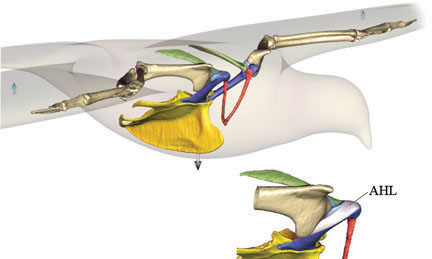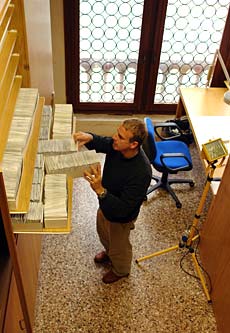
Images like the one above would captivate me as a child. Better even than some Richard Scarry book, they offered a chance to escape into a single-image story that quite often related to the real world (or universe) around me. I specifically remember water-cycle images as utterly entrancing.
I came across the above in a NASA press release on changes in freshwater distribution, which has some other interesting images that I’ll get to in a moment. But the diagram showing the water cycle usually has lots of arrows in it, kind of like the one associated with the Wikipedia article on the topic. But this one goes for a more organic style, replete with numerous labels (e.g., “soil heterogeneity”) but only a few, sparsely distributed arrows. I’m not sure I feel the connections as well as I’d like.
Of course, nowadays, one also has animations to illustrate the process, such as the 44.0MB epic (oddly entitled “EnergyUncomp640.mpg”), also linked to by the press release. In the animation, we see elements of the water cycle played out in sequence—cleverly coincident with the day-night cycle, beginning at dawn with evaporation and ending at night with clouds disappearing stage right. Again, no arrows. I wonder if the temporal element obscures the underlying process… In other words, does the beginning-to-end sequencing of a cycle not do justice to its cyclicity?
Nitpicks, but… I’m curious.
Both the animation and a high-resolution version of the above show up on GSFC’s excellent “Water Cycle” site, which offers much more detail on the processes involved and pays special attention to the human role in the environment.
But back to the aforementioned press release. It also shows diagrams of data from the Gravity Recovery and Climate Experiment (GRACE), which appear along the right-hand side of the web page (too tricky to reproduce here, since they show up as either uselessly tiny or overly large images on the site). One thing I like about the two images is that they use the same color scale (i.e., a given color represents the same quantity in both images); unfortunately, the color bar is unlabelled, so we have no idea what the units are, or really, what quantity we’re talking about at all. What annoys me, however, is that the sorry old crimson-to-violet color bar rears its ugly head, so we have a rainbow of colors with no logical change represented by, say, the shift from warm colors to cool colors (if there is such a meaning, it’s not described in the captions or in the text of the press release).
So, for example, if we have a map of the United States like the one shown in the press release, I’d want to know that the red regions represent, say, areas with decreasing water resources whereas green regions represent increasing freshwater availability. The color bar wouldn’t have to be labelled with units, but including words that describe what the colors mean would be nice—certainly better than numbers devoid of any context.
The GRACE website also includes a truly bizarre visualization of Earth’s gravitational anomolies. I, um, really don’t know quite what to say. Perhaps I should sleep on it…










